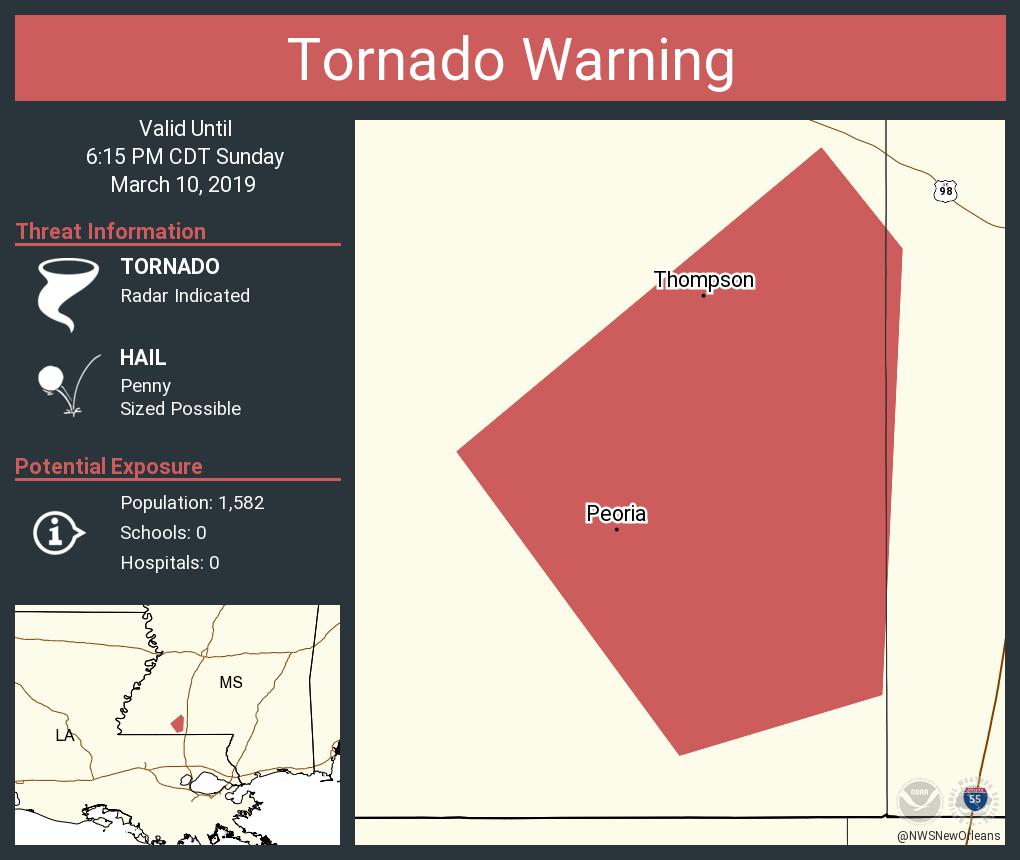NorthBamaWX
Member
NWS has issued a Severe Thunderstorm Warning for Colbert, Franklin & Lawrence Counties until 7:30
Follow along with the video below to see how to install our site as a web app on your home screen.
Note: This feature may not be available in some browsers.

We've had seven tornado reports thus far so I can't say today was totally a Forecasted Convective Amplification Deficiency, though many of the reports were over the Slight risk area in Arkansas. Better to have an Enhanced day that underperforms than one that kills 23 people.
The updraft helicity swaths certainly would've panned out if whatever kept these from dropping (low dew points/mixing? Certainly wasn't a problem with the shear) hadn't done so, so the forecasts weren't really off by much.
CAPE was borderline nonexistent on VSE soundings. Hackleburg CAPE was around 300 J/KG when the HRRR had them well over 1500 J/KG at the same time.
Surface thermos were, to be frank, abysmal for severe weather on Saturday looking at the post-event analysis. Why that was the case I'm not sure.. there was very little morning convection to interfere with destablization. Temperatures were fine, but dewpoints were in the upper 50s and low 60s in some areas. This one is a big mystery to me as even down into the Gulf, sfc dewpoints were really not that impressive. It wasn't just a case of them getting hung up to the south. They weren't terribly impressive period.
They’re well above normal. The problem was the SW low level trajectory of wind. It advected drier low level air in which mixed down.The sea surface temperatures in the Gulf might be something to look at. Perhaps in this case they weren't warm enough to support the amount of evaporation needed to raise the dewpoints higher than they did.
They’re well above normal. The problem was the SW low level trajectory of wind. It advected drier low level air in which mixed down.
